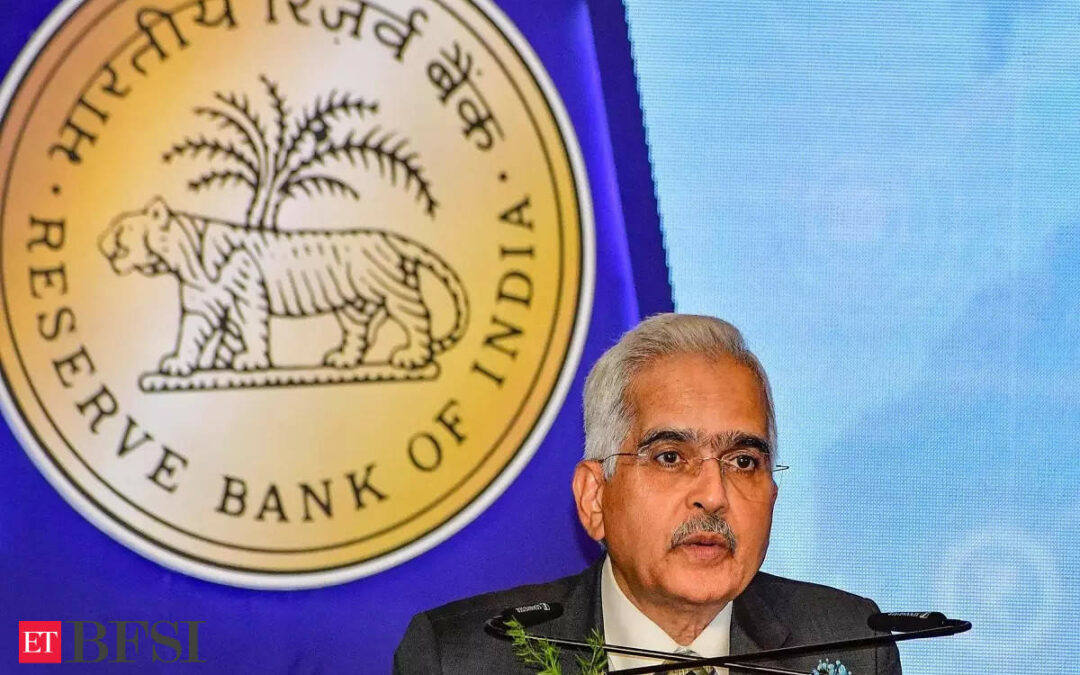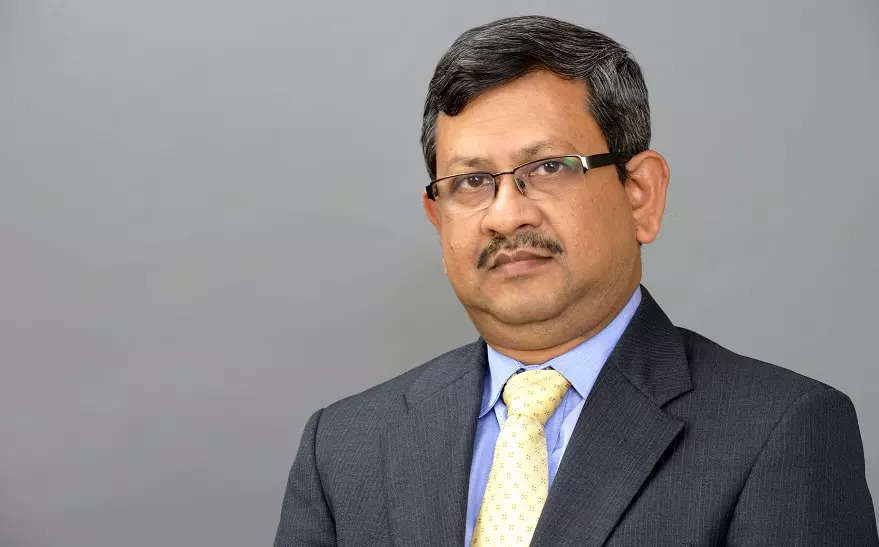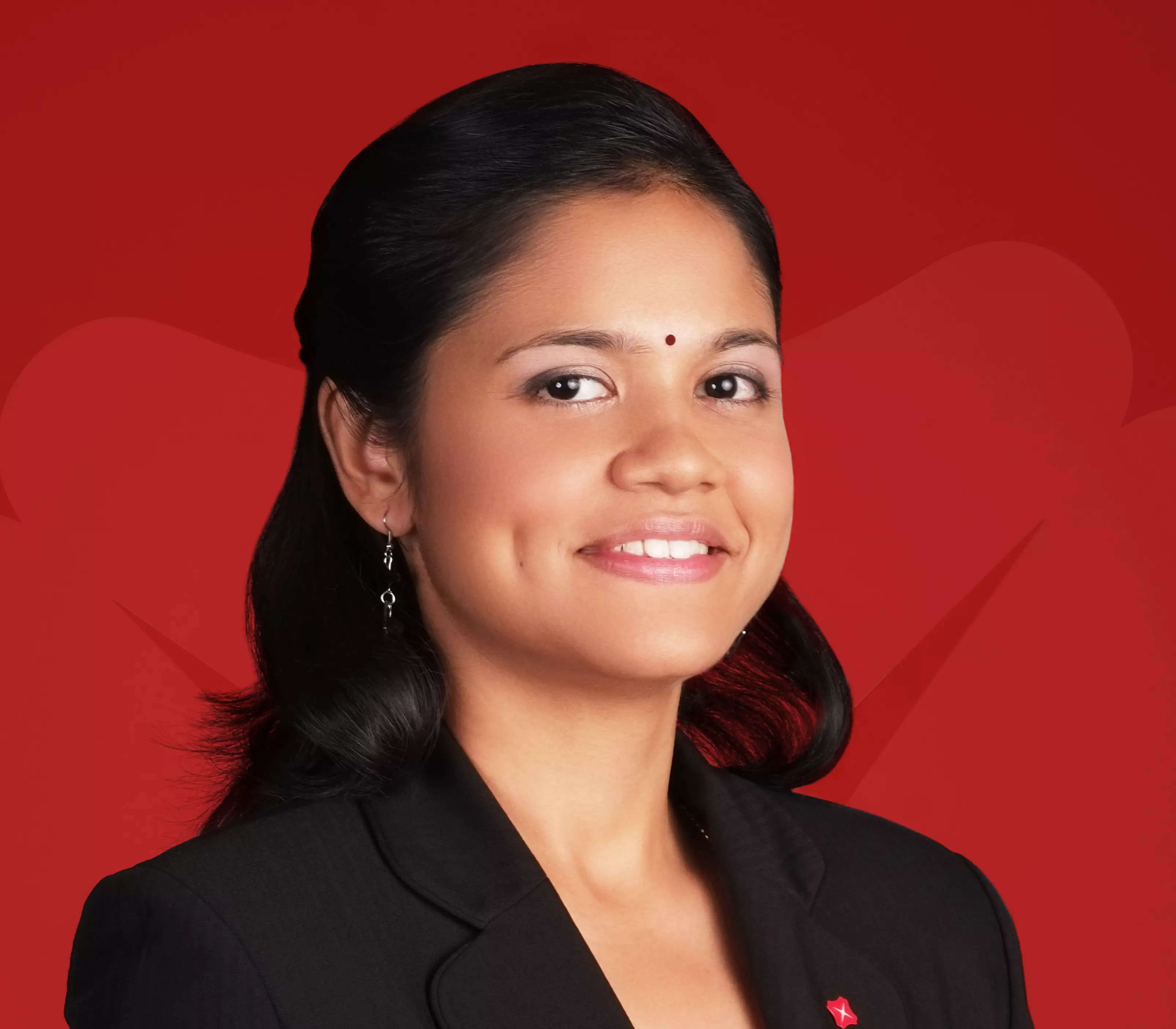The Reserve Bank of India on Friday decided to retain the repo rate at 6.5 per cent, thereby maintaining a pause on its rate-hike cycle for the eighth consecutive time.
The MPC further decided by a majority of 4 out of 6 members to remain focussed on “withdrawal of accomodation” to ensure inflation progressively aligns to the target while supporting growth.
ALSO READ: RBI sees FY25 GDP growth at 7.2% on above-normal monsoon, consumption uptick
Top economists believe that the policy decision by the Reserve Bank of India was on expected lines. They said that the uncertainty on food inflation remains a worry and that there will be a continuous monitoring of the monsoon and food inflation from now on to gauge the durability of lower inflation before taking a call. Some economists continue to expect that the next rate cut will not be before October, 2024.
Here’s what the Economists said :

Abheek Barua, Chief Economist, HDFC Bank
As expected, the RBI kept its policy rate and stance unchanged. Although, the MPC decision saw two dissents instead of the one seen in the previous policy. The one positive out of the policy was the upward revision in the GDP growth forecast to 7.2% from 7% earlier for FY25. On the other hand, inflation forecasts were kept unchanged.
The RBI remains in a wait and watch mode to assess domestic developments like the monsoon performance, food inflation, and the new fiscal strategy before moving on rates. We continue to see the possibility of a rate cut in Q4 2024.Abheek Barua, Chief Economist, HDFC Bank
Despite the governors’ emphasis that monetary policy decisions are driven primarily by domestic considerations, we think that any rate cut action could end up being aligned with the timing of the Fed’s rate cut cycle to limit financial market volatility. On the regulatory front, the increase in bulk deposit limit to INR 3 crore from INR 2 crore, signals the RBI’s intention to encourage banks to garner greater retail deposits to fund credit growth.

Upasna Bhardwaj, Chief Economist, Kotak Mahindra Bank
RBI’s status quo on rates and stance was in line with market expectations, but the split in voting patterns clearly shows the increasing probability towards a pivot in the policies ahead. However, we believe the robust growth will give enough opportunity for the MPC to remain on a wait and watch mode until better clarity comes from monsoons and quality of expenditure from the Budget. We see room for stance change in the August policy with a plausible easing from October meeting.
ALSO READ: RBI MPC’s key announcements: Bulk deposits limit to e-mandate framework
Indranil Pan, Chief Economist, YES Bank
Even as one more member has now turned in favour of a stance change and a rate change, we do not see the RBI in any hurry to move towards a pivot. The governor points out to the fact that there continues to be risks from food inflation and the summer price changes are visible on the backdrop of a shallow winter price drop. In this context, the RBI would watch out for the pulses and vegetables prices that have seen a recent uptick in prices.
There are some cautionary statements for the core inflation too. It was pointed out that the early results from its enterprise surveys do point towards firms expecting the selling prices to stay firm. Importantly, for the RBI, the 4% inflation target to be reached on a durable basis remains sacrosanct. The comment that comes to the fore is his mention of the fact that the currently expected 3.8% average inflation for Q2 FY25 is likely to be a one-off and inflation is expected to move higher beyond this point.Indranil Pan, Chief Economist, YES Bank
Overall, this policy continues to echo similar sentiments as in the previous policy – that the RBI is unlikely to make any haste in its decision to pivot and will remain driven by the domestic growth-inflation mix in determining the timing of its policy move. In our opinion, with growth expected to remain firm, the last phase of dis-inflation towards the 4% target remains arduous and hence the RBI would be willing to bide its time. We see a shallow rate cut this fiscal, probably starting in December 2024.

Madan Sabnavis, Chief Economist, Bank of Baroda
The credit policy has quite expectedly maintained status quo on both repo rate and stance. There has been a slight revision in GDP growth forecast to 7.2% which is still lower than our forecast of 7.3-7.4% for FY25. The RBI is sanguine on the growth trajectory and while inflation is to average 4.5% for the year, there is concern on food inflation especially in the wake of the heatwave which has increased prices of horticulture products. But with growth being secure, it gives the RBI room to not commence on rate cuts at this point of time. In fact, quite appropriately the RBI has pointed out that while inflation will go below 4% mark in Q2, it would be rising again in Q3 and Q4.
ALSO READ: RBI proposes to include auto replenishment of FASTag, NCMC & UPI Lite balances in e-mandate framework
Therefore it looks like that there will be a continuous monitoring of the monsoon and food inflation from now on to gauge the durability of lower inflation before taking a call. Our view is that October can be the time when a rate cut can be considered but will be fully data driven.
Radhika Rao, Executive Director and Senior Economist, DBS Bank
There were signs of a more divided policy committee, with one additional member voting for a softening in stance as well as policy direction. The majority retained their cautious stance to guide inflation towards the 4% target on a durable basis, despite recent signs of disinflation. Concurrently, the FY25 growth forecast was revised up by 20 basis points to 7.2%, underscoring the official optimistic view on recovery prospects.
The MPC also signalled that they will not react to the upcoming base-effect-driven correction in inflation in Q2 FY25, lowering the probability of a shift in the second half of 2024. In all, the mix of strong growth and above-target inflation does not make a case for a shift to a less restrictive policy setting yet, validating our view that rate easing is not on the cards this year. Political developments are not expected to sway the monetary policy direction or outlook.Radhika Rao, Executive Director and Senior Economist, DBS Bank
Achala Jethmalani, Economist, RBL Bank
MPC maintains a cautious pause and the commentary suggests that the MPC’s policy decisions will be determined by domestic growth-inflation dynamics while considering the impact of monetary policy outcomes in the advanced economies. The RBI Governor explicitly stated in the context of ‘follow the Fed’. Given India’s growth-inflation dynamics, we expect a rate-cut to possibly come through in Q4FY25 with a change in policy stance by December 2024. The progress of SW monsoon and the July budget will be critical inputs in the August policy.
ALSO READ: RBI to set up Digital Payments Intelligence platform; forms committee
Kanika Pasricha, Chief Economic Advisor, Union Bank Of India
The status quo MPC decision with a slimmer 4:2 majority was on expected lines. Macro dynamics stay comfortable with FY25 growth and inflation forecasts of 7.2% (stronger) and 4.5% (unchanged). Monsoon in focus to address food inflation concerns as a prime driver of cooling in inflation this year along with commodity prices as they played an estimated 50-60% contribution in cooling of core inflation to record lows. Going forward, we expect the start of a shallow 50bps rate cut cycle from October 2024 on projected drop in inflation in the coming quarters. However, our bias remains for rate cuts later rather than sooner with strong growth providing space for further delay in timing, RBI’s focus on (any) credit excesses and uncertainty on start of rate cuts by the US Fed.
Anitha Rangan, Economist, Equirus
RBI in its 2nd monetary policy for FY25, maintained policy rate at 6.5% as expected and maintained withdrawal of accommodation. The key takeaway is a) shift in voting pattern from 5-1 to 4-2 (Dr. Ashima Goyal and Prof. Jayant Varma) are likely the dissenters b) Upwards revision in growth for FY25 to 7.2% from 7.0% while keeping inflation unchanged at 4.5% for the year.
ALSO READ: RBI announces HaRBInger 2024 with focus on Zero Financial Frauds, Being Divyang Friendly
Overall, the key reason for maintaining policy rate is the uncertainty on the outlook of domestic inflation led by the food side. In addition, the crude outlook remains uncertain. Overall, the Indian economy is at an inflection point with inflation on the right track but work to be done. The watch is from the global side with global last mile inflation remaining arduous and geo-political risks. For RBI as we have reiterated earlier growth remaining firm, monetary policy has elbow room to focus on price stability. The growth revision only reiterates that RBI is willing to wait and watch – RBI can watch for longer.
















